History and description of the Royal Museum of natural history. Translated from the French
Extraits
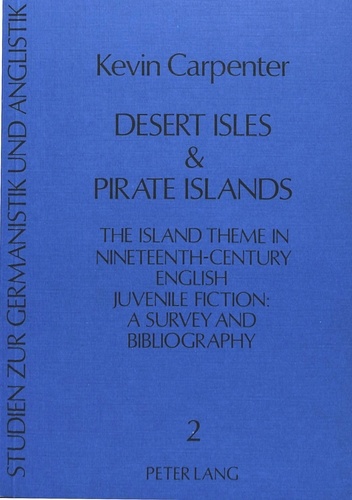
Non classé
Desert Isles & Pirate Islands
12/1984
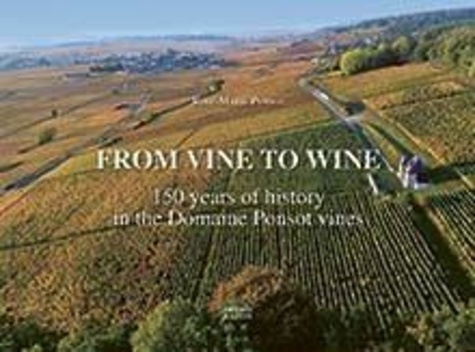
Généralités
From Vine to Wine.. Domaine Ponsot’s Vineyards: 150 Years of History (1872–2022)
06/2022

Beaux arts
Tiepolo in Milan. The Lost Frescoes of Palazzo Archinto
04/2019

Sociologie
A Handbook of Global Citizenship Education. The Belgian perspective
01/2023
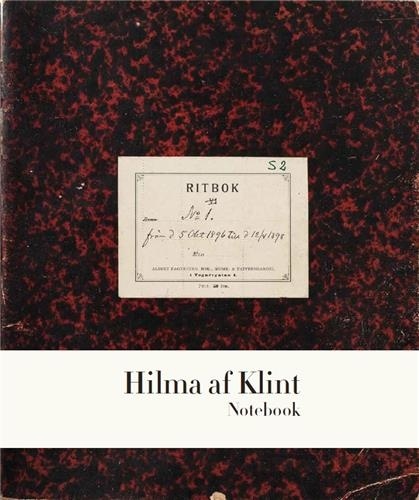
Monographies
Hilma af Klint. The Five Notebook 1
01/2022

Monographies
Burmese Silver from the Colonial Period
09/2022
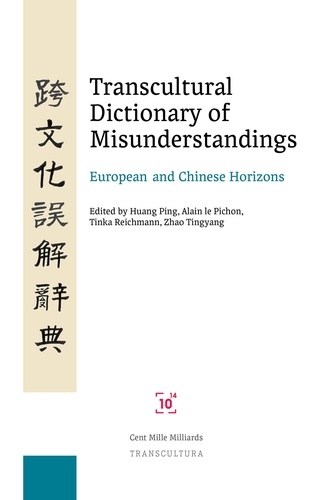
Cerveau et psychologie
Transcultural Dictionary of Misunderstandings. European and Chinese Horizons
07/2022

Histoire et Philosophiesophie
SCIENCE AND TECHNOLOGY IN WORLD HISTORY. An introduction
01/1999
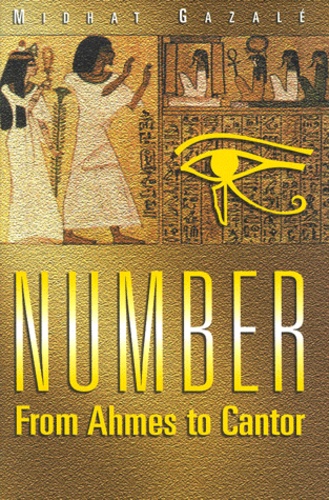
Histoire et Philosophiesophie
Number from Ahmes to Cantor
01/2000

Anglais apprentissage
The Autobiography of Miss Jane Pittman de Ernest J Gaines
10/2005

Non classé
The Concept of Man in Igbo Myths
11/1999
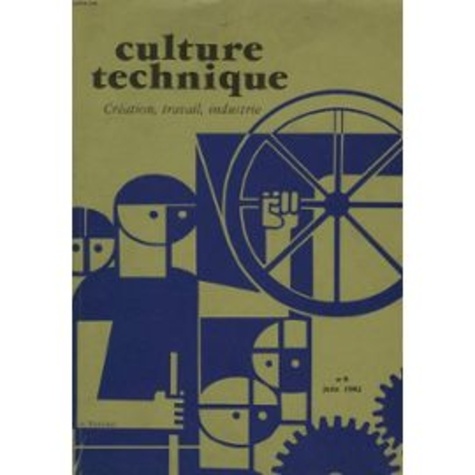
Sciences politiques
Chroniques électorales. Tome 2, La cinquième république du général de Gaulle
01/1983
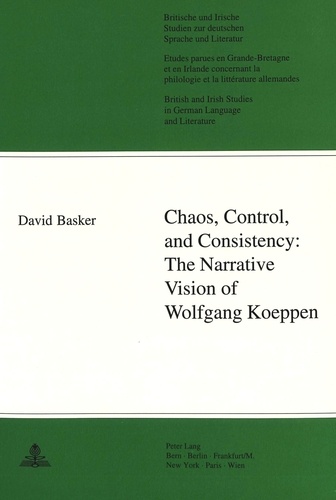
Non classé
Chaos, Control, and Consistency:- The Narrative Vision of Wolfgang Koeppen
06/1993
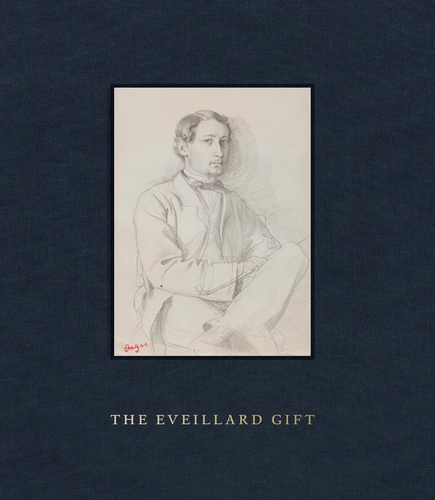
Monographies
The Eveillard Gift
10/2022

Beaux arts
Brief history of venise
11/2019
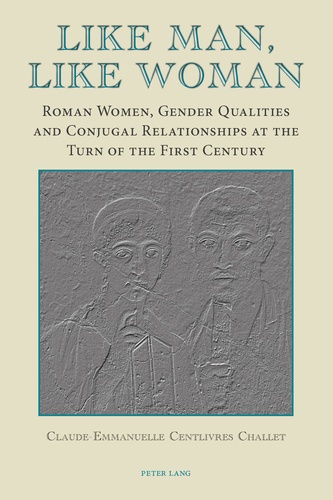
Religion
Like Man, Like Woman
07/2013
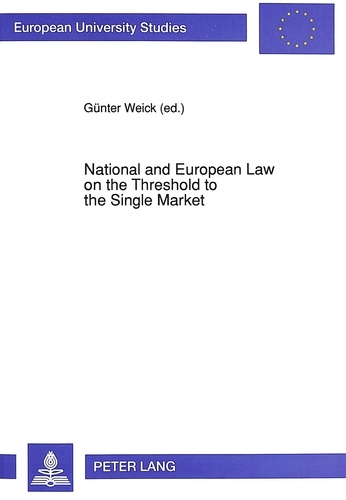
Sociologie
National and European Law on the Threshold to the Single Market
03/1993
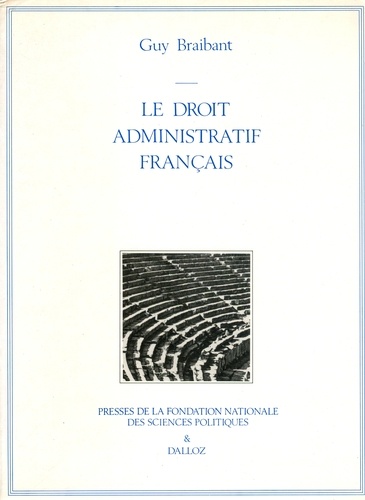
Droit
Le droit administratif français
06/1984
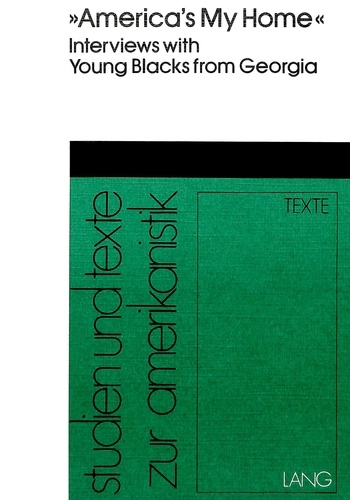
Non classé
«America's my Home»- Interviews with Young Blacks from Georgia
12/1983
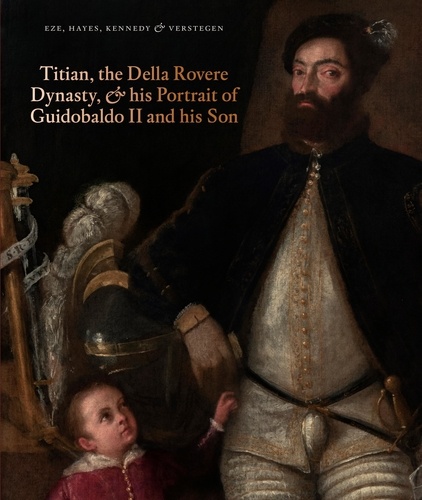
Histoire de l'art
Titian, the Della Rovere Dynasty, and His Portrait of Guidobaldo II and his Son. Edition
11/2021

Sciences de la terre et de la
Green Plants. Their Origin and Diversity, 2nd Edition
01/2000
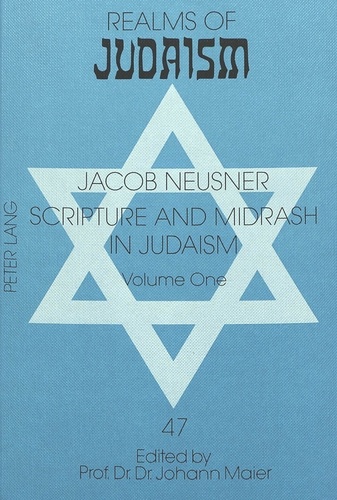
Sciences politiques
Scripture and Midrash in Judaism
03/1994

Mouvements artistiques
Look Close, Think Far. Art at the Ackland
08/2022
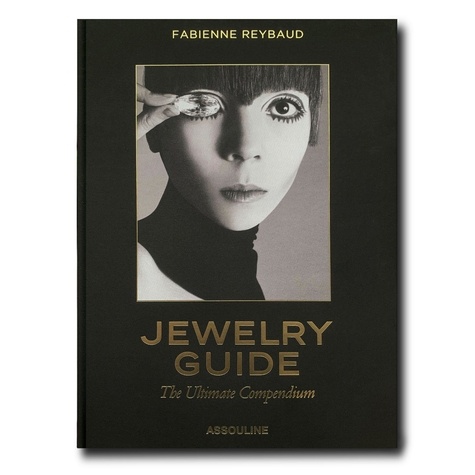
Bijouterie, horlogerie
Le Guide de la joaillerie. Pour les vrais amateurs
11/2022

Religion
The History of German Lutheran Congregations in England, 1900-1950
08/1987

Sciences de la terre et de la
Cuckoos, Cowbirds and Other Cheats
04/2000

Histoire internationale
Each Child Is My Only One
05/2014
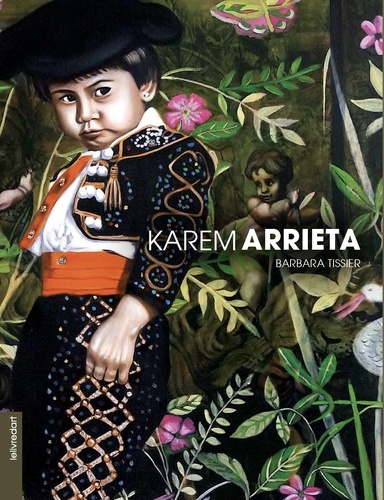
Beaux arts
Karem Arrieta. Edition bilingue français-anglais
11/2019
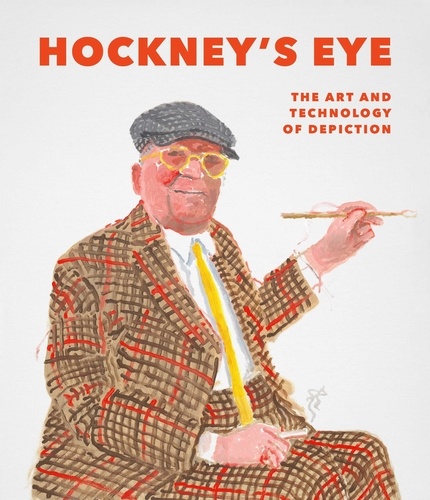
Mouvements artistiques
Hockney's Eye. The Art and Technology of Depiction
04/2022

Sciences de la terre et de la
Destiny or Chance. Our solar system and its place in the cosmos
01/2000

